- About us
- Support the Gallery
- Venue hire
- Publications
- Research library
- Organisation chart
- Employment
- Contact us
- Make a booking
- Onsite programs
- Online programs
- School visit information
- Learning resources
- Little Darlings
- Professional learning

Sarah Hill introduces the portrait busts of Sir Charles Kingsford Smith and Captain Charles Ulm by Enid Fleming.
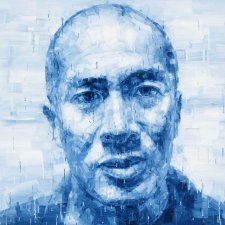
Stephen Phillips talks to neurosurgeon Charlie Teo about his practice, perspectives and the anatomy of hope.
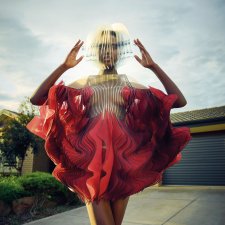
Aimee Board chats to emerging photographer Charles Dennington.
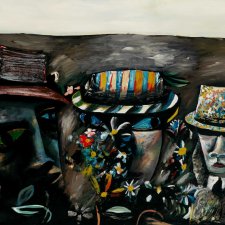
Dr. Sarah Engledow explores the context surrounding Charles Blackman's portrait of Judith Wright, Jack McKinney and their daughter Meredith.
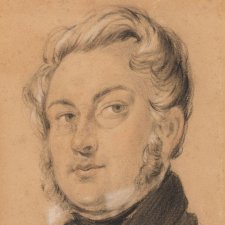
Whether the result of misadventure or misdemeanour, many accomplished artists were transported to Australia where they ultimately left a positive mark on the history of art in this country.
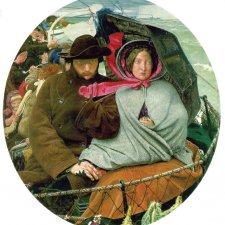
In 2006 the National Portrait Gallery acquired a splendid portrait of Victoria's first governor, Lieutenant Governor Charles Joseph La Trobe by Thomas Woolner.
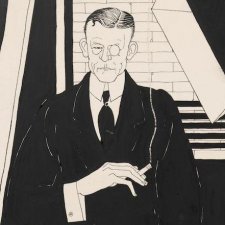
Charles Haddon Chambers the Australian-born playboy playwright settled permanently in London in 1880 but never lost his Australian stance when satirising the English.

Sir William Dobell painted the portraits of Sir Charles Lloyd Jones and Sir Hudson Fysh, who did much to promote the image of Australia in this country and abroad.
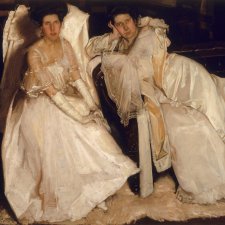
Sarah Engledow is seduced by the portraits and the connections between the artists and their subjects in the exhibition Impressions: Painting light and life.
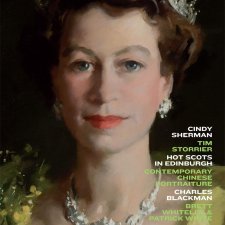
This issue features Cindy Sherman, Tim Storrier, Brett Whiteley and Patrick White, contemporary Chinese portraiture, Charles Blackman and more.
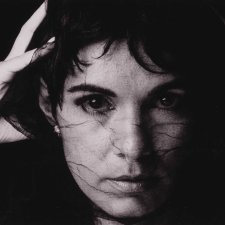
Michael Riley’s early portraits by Amanda Rowell.
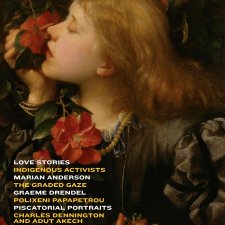
Marian Anderson, emerging photographer Charles Dennington, piscatorial portraits, and the poignant path of photographer Polixeni Papapetrou and more.
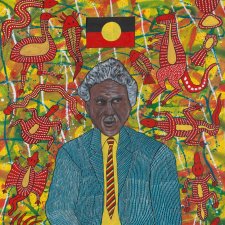
Michael Desmond discusses the portrait of Senator Neville Bonner by Robert Campbell Jnr.
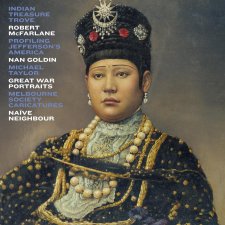
Explore an Indian treasure trove, photography by Robert McFarlane and Nan Goldin, Michael Taylor's expressionist paintings, the Great War portraits, and more!
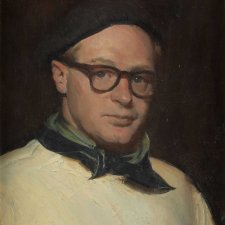
Sir William Dargie, painter and eight times winner of the Archibald Prize for portraiture, died in Melbourne on July 26, 2003, aged 91.

In 2000, Barbara Blackman donated a portrait of her close friends - poet Judith Wright, her husband Jack McKinney and their daughter Meredith - painted by Charles Blackman.
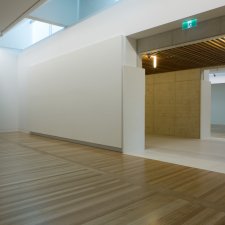
Christopher Chapman highlights the inaugural hang of the new National Portrait Gallery building which opened in December 2008.

Rod McNicol's method and motivation, 19th century Indigenous peoples, Barrie Cassidy on Bob Hawke, five generations of the Kang family from Korea and more.
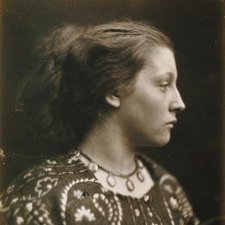
In March 2003 Magda Keaney travelled to London to join the photography section of the Victoria & Albert Museum for three months.
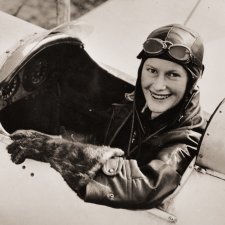
Joanna Gilmour explores the extraordinary life of Australian female aviator Nancy Bird Walton AO OBE
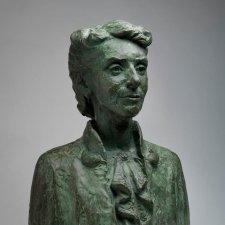
Andrew Sayers outlines the highlights of the National Portrait Gallery's display of portrait sculpture.
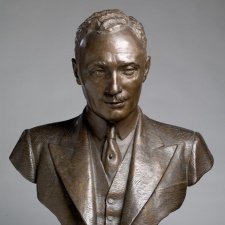
Australia's tradition of sculpted portraits stretches back to the early decades of the nineteenth century and continues to sustain a group of dedicated sculptors.
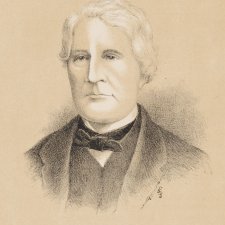
Grace Carroll on the gendered world of the Wentworths.
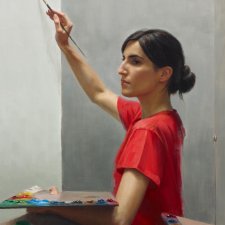
Tsering Hannaford reflects on her experiences, process and motivation for making portraits.
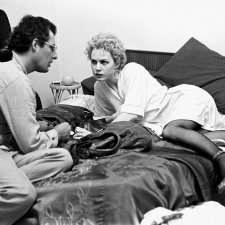
Penelope Grist speaks to Robert McFarlane about shooting for the stars.
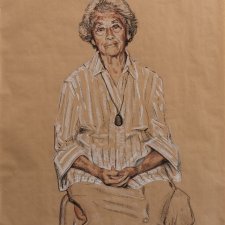
Joanna Gilmore delights in the affecting drawings of Mathew Lynn.
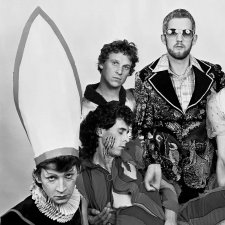
Penelope Grist unpacks photographs by David Parker, who captured the phenomenal emergence of the 1970s and 80s Melbourne music scene.
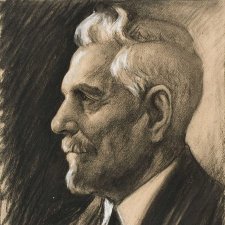
Sir Sidney Kidman (1857-1935) is inscribed in Australian legend as the ‘Cattle King’.
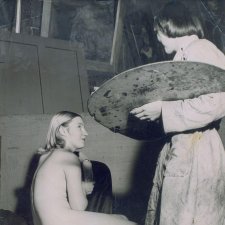
Barbara Blackman reflects on her experiences as a life model.
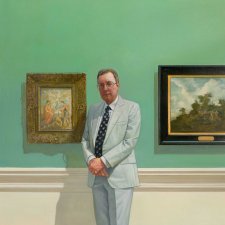
This article examines the portraits gifted to the National Portrait Gallery by Fairfax Holdings in 2003.
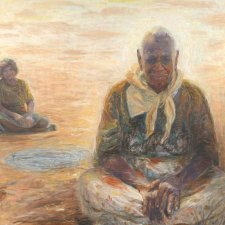
Joanna Gilmour reflects on 25 years of collecting at the National Portrait Gallery.
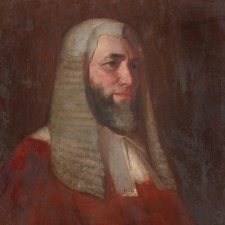
Family affections are preserved in a fine selection of intimate portraits.

Joanna Gilmour revels in accidental artist Charles Rodius’ nineteenth century renderings of Indigenous peoples.
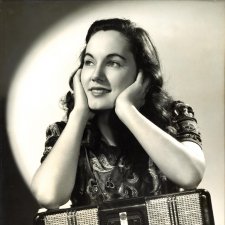
Tenille Hands explores a portrait prize gifted to the National Screen and Sound Archive.
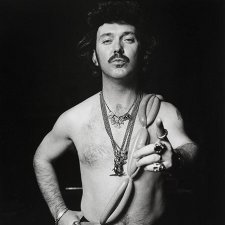
Penelope Grist reminisces about the halcyon days of a print icon, before the infusion of the internet’s shades of grey.
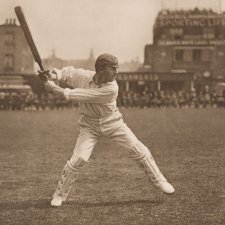
Gideon Haigh discusses portraits of Australian cricketers from the early 20th century

Joanna Gilmour reveals love’s more intense manifestations in the tale of Lord Kenelm and Venetia Digby.
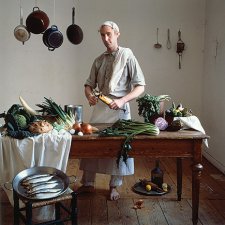
Naomi Cass, Director of the Centre of Contemporary Photography, in conversation with Anne Zahalka.
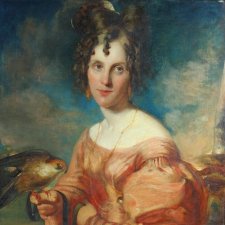
Charting a path from cockatiel to finch, Annette Twyman explores her family portraits and stories.
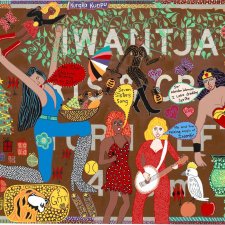
Joanna Gilmour reflects on merging collections and challenging traditional assumptions around portraiture in WHO ARE YOU.

Aircraft designer, pilot and entrepreneur, Sir Lawrence Wackett rejoins friends and colleagues on the walls of the National Portrait Gallery.
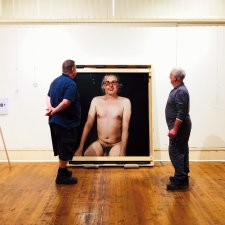
Deborah Hill talks figures with character, as the National Portrait Gallery touring exhibitions program welcomes its millionth visitor.
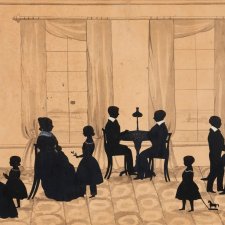
The National Portrait Gallery acquired a beguiling silhouette group portrait by Samuel Metford, an English artist who spent periods of his working life in America.
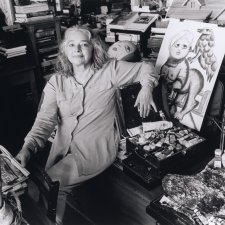
Select extracts from Mirka Mora's autobiography, Wicked but Virtuous, provide rich accompaniment to recent Gallery acquisitions.
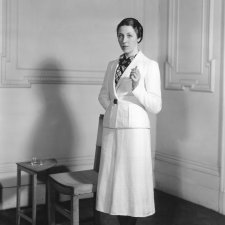
Aviation carried women’s roles in society to greater heights – fashion followed suit.
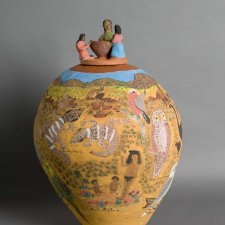
The first collaborative commission has arrived. It's a self portrait, it's ceramic and it's from Hermannsburg.
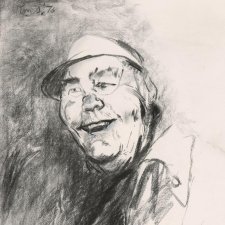
Michael Desmond explores what makes a portrait subject significant.
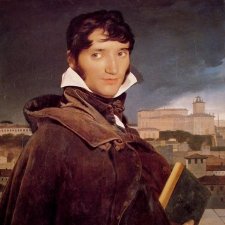
Jean-Auguste-Dominique Ingres was one of the greatest portrait painters in history.
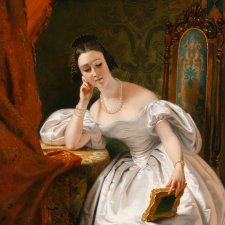
Joanna Gilmour explores the life and times of one of Melbourne's early socialites, Jessie Eyre Williams.
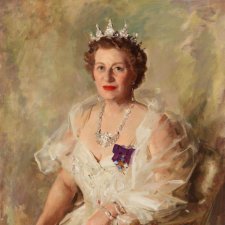
Angus Trumble treats the gallery’s collection with a dab hand.
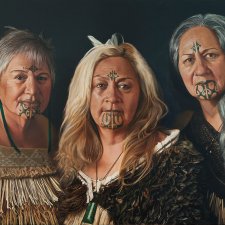
Pamela Gerrish Nunn explores New Zealand’s premium award for portraiture.

Sarah Engledow on a foundational gallery figure who was quick on the draw.
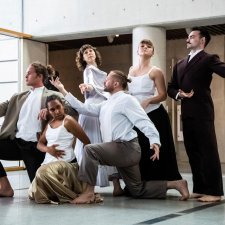
Emma Batchelor uncovers the compelling contemporary dance made in response to the works in Shakespeare to Winehouse.
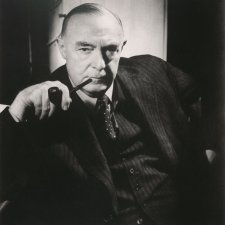
Johanna McMahon revels in history and mystery in pursuit of a suite of unknown portrait subjects.
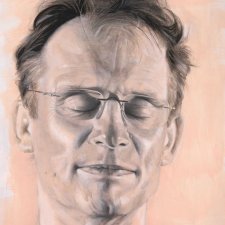
Anne Sanders and Christopher Chapman bring passionate characterisation to Express Yourself, the Portrait Gallery collection exhibition celebrating iconoclastic Australians.
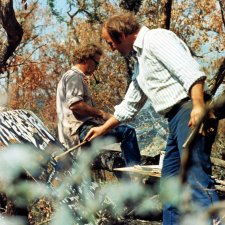
Mark Strizic's work crosses a broad spectrum of photographic fields including urban, industrial, commercial, and architectural photography.
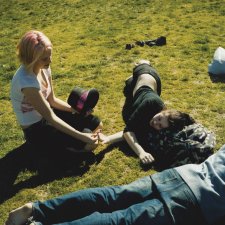
Christopher Chapman considers photographer Rozalind Drummond's portrait of author Nam Le.
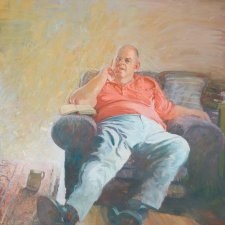
The Portrait Gallery's paintings of two poets, Les Murray and Peter Porter, demonstrate two very different artists' responses to the challenge of representing more than usually sensitive and imaginative men.

Joanna Gilmour explores the 1790 portrait of William Bligh by Robert Dodd.
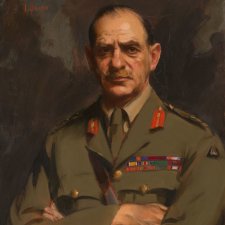
Karl James gives short shrift to doubts about the profile of General Sir John Monash.
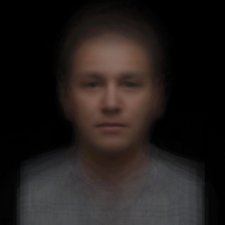
Michael Desmond reveals the origins of composite portraits and their evolution in the pursuit of the ideal.
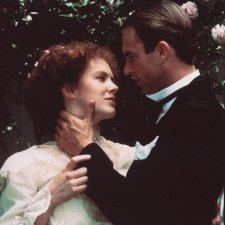
Anne O’Hehir on the seductive power of the film still to reflect and shape ourselves and our cultural landscape.
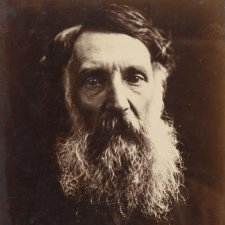
The National Portrait Gallery's acquisition of the portrait of Edward John Eyre by pioneering English photographer Julia Margaret Cameron.
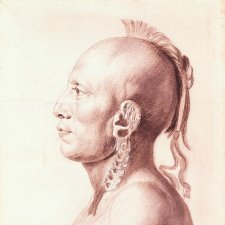
Joanna Gilmour examines the prolific output of Charles Balthazar Julien Févret de Saint-Mémin, and discovers the risk of taking a portrait at face value.
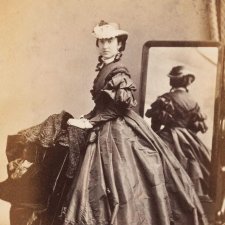
The death of a gentlewoman is shrouded in mystery, a well-liked governor finds love after sorrow, and two upright men become entangled in the historical record.
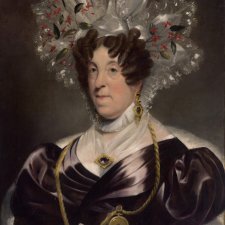
Joanna Gilmour describes how colonial portraitists found the perfect market among social status seeking Sydneysiders.

As a convict Thomas Bock was required to sketch executed murders for science; as a free man, fashionable society portraits.
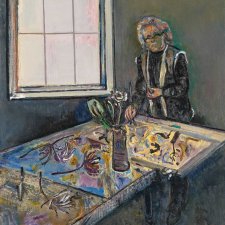
Michael Desmond discusses Fred Williams' portraits of friends, artist Clifton Pugh, David Aspden and writer Stephen Murray-Smith, and the stylistic connections between his portraits and landscapes.
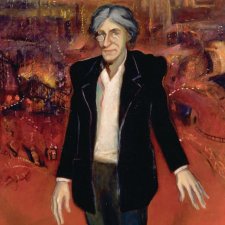
Martin Sharp fulfils the Pop art idiom of merging art and life.
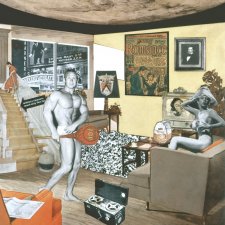
A National Portrait Gallery, London exhibition redefines portraiture, shifting the focus towards a new perspective on Pop Art.
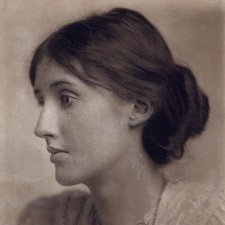
Inga Walton delves into the bohemian group of artists and writers who used each other as muses and transformed British culture.
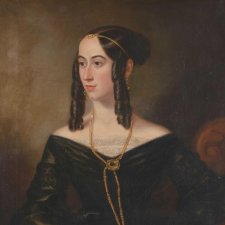
Emma Kindred examines fashion as a representation of self and social ritual in 19th-century portraiture.
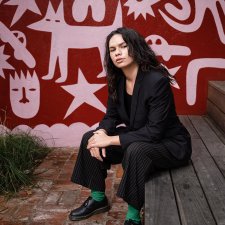
Gumbaynggirr artist Aretha Brown talks street art, collaboration and ghost stories with First Nations Curator and Meriam woman, Rebecca Ray.
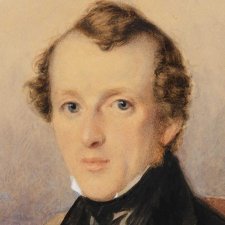
Michael Desmond examines the career of the eighteenth-century suspected poisoner and portrait artist Thomas Griffiths Wainewright.
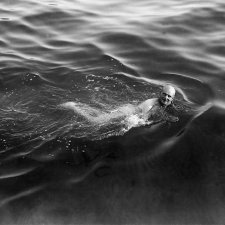
Projecting the splendour of the empire, and the resolve of its subjects, the bust of William Birdwood keeps a stiff upper lip in the National Portrait Gallery.
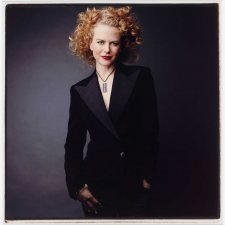
The exhibition Australians in Hollywood celebrated the achievements of Australians in the highly competitive American film industry.
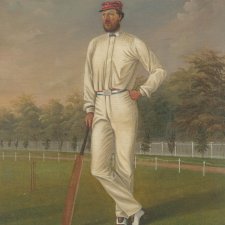
The tragic tale of Tom Wills, the ‘inventor’ of Australian Rules Football.
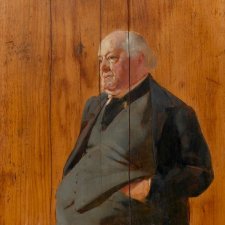
George Selth Coppin (1819-1906) comedian, impresario and entrepreneur, was a driving force of the early Australian theatre.
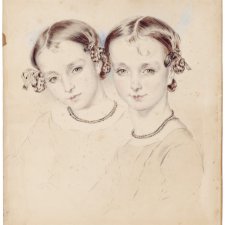
Joanna Gilmour explores the life of a colonial portrait artist, writer and rogue Thomas Griffiths Wainewright.
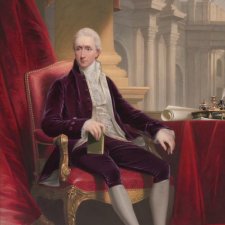
Angus Trumble reveals the complex technical mastery behind a striking recent acquisition, Henry Bone’s enamel portrait of William Manning.
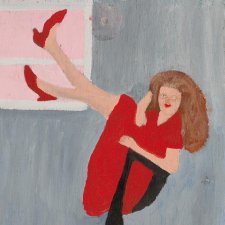
Robyn Sweaney's quiet Violet obsession.
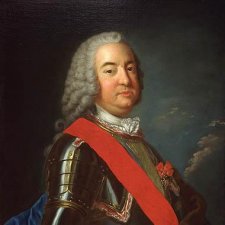
An exploration of national identity in the Canadian context drawn from the symposium Face to Face at the Scottish National Portrait Gallery in 2004.
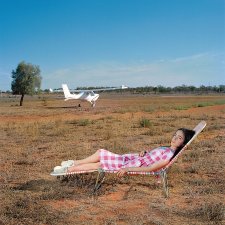
Inga Walton traces the poignant path of photographer Polixeni Papapetrou, revealed in the NGV’s summer retrospective.
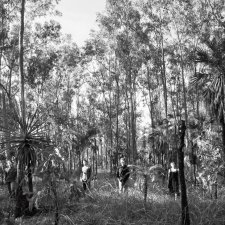
Dr Christopher Chapman describes the experimental exhibition Portraits + Architecture
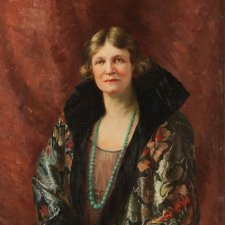
Jerrold Nathan's portrait of Jessie Street shows the elegant side of a many-faceted lady.
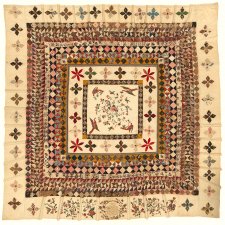
The Rajah Quilt’s narrative promptings are as intriguing as the textile is intricate.

Frank Hurley's celebrated images document the heroism and minutiae of Australian exploration in Antarctica.
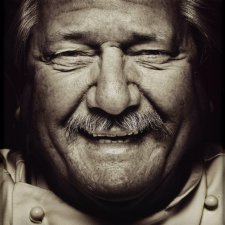
Anne Sanders imbibes Tony Bilson’s gastronomic revolution.
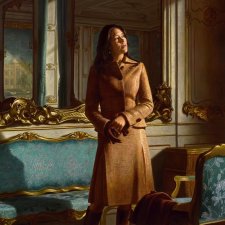
Joanna Gilmour takes us behind the scenes of some of Ralph Heimans’ best-known portraits of royalty, heads of state and cultural icons.
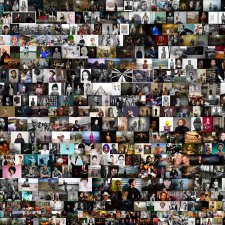
Sarah Engledow picks some favourites from a decade of the National Photographic Portrait Prize.
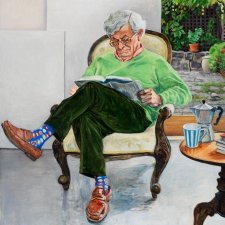
Fiona Gruber investigates the work of Australian painter Kristin Headlam.
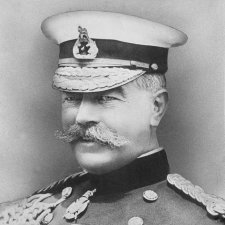
Sarah Engledow bristles at the biographers’ neglect of Kitchener’s antipodean intervention.
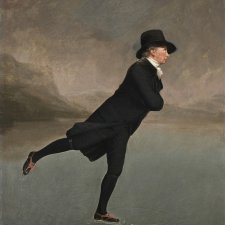
Diana O’Neil samples the tartan treats on offer in the Scottish National Portrait Gallery.

Joanna Gilmour discovers that the beards of the ill-fated explorers Burke and Wills were as epic as their expedition to traverse Australia from south to north.
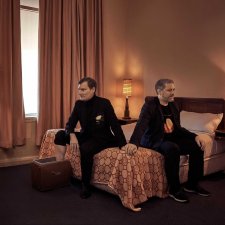
Sandra Bruce gazes on love and the portrait through Australian Love Stories’ multi-faceted prism.
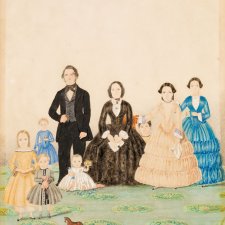
Jo Gilmour uncovers endearing authenticity in the art of a twice-transported Tasmanian.

The portrait of Dr. Johann Reinhold Forster and his son George Forster from 1780, is one of the oldest in the NPG's collection.

Dr. Sarah Engledow discusses a collection of drawings and prints by the Victorian artist Rick Amor acquired in 2005.
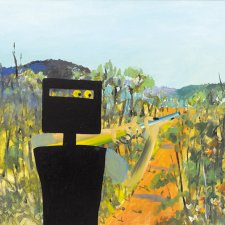
Australian character on the market by Jane Raffan.
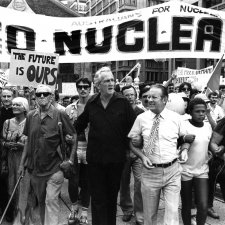
Dr Sarah Engledow examines a number of figures in the collection of the National Portrait Gallery who were pioneers or substantial supporters of the seminal Australian environmental campaigns of the early 1970s and 1980s.

Alexandra Roginski gets a feel for phrenology’s fundamentals.
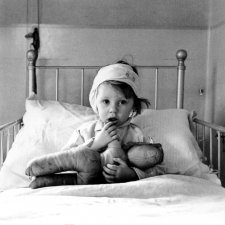
To accompany the exhibition Cecil Beaton: Portraits, held at the NPG in 2005, this article is drawn from Hugo Vickers's authorised biography, Cecil Beaton (1985).
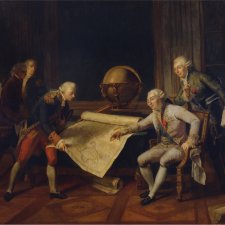
Joanna Gilmour describes some of the stories of the individuals and incidents that define French exploration of Australia and the Pacific.

Joanna Gilmour accounts for Australia’s deliciously ghoulish nineteenth century criminal portraiture.
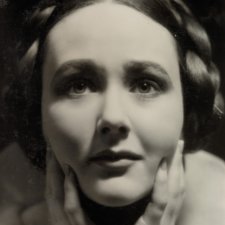
Athol Shmith’s photographs contributed to the emergence of a new vision of Australian womanhood.
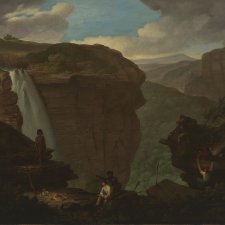
The London-born son of an American painter, Augustus Earle ended up in Australia by accident in January 1825.
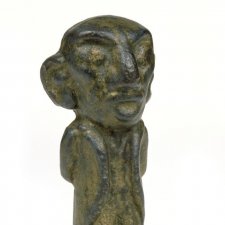
A toast to the acquisition of an unconventional new portrait of former Prime Minister, Stanley Melbourne Bruce.
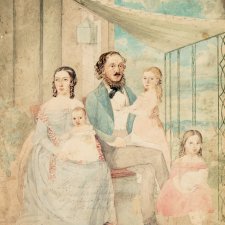
The art of Australia’s colonial women painters affords us an invaluable, alternative perspective on the nascent nation-building project.

Jane Raffan feasts on modernity’s entrée in the Belle Époque theatre of the demimonde.
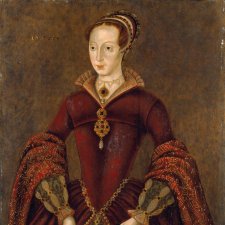
Traversing paint and pixels, Inga Walton examines portraits of select women in Tudors to Windsors: British Royal Portraits.
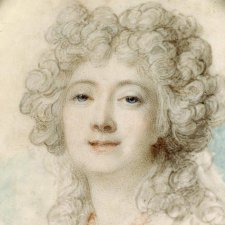
Joanna Gilmour looks beyond the ivory face of select portrait miniatures to reveal their sitters’ true grit.
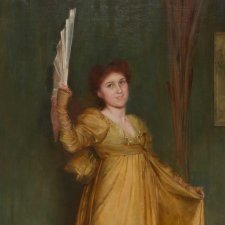
Dr. Sarah Engledow discovers the amazing life of Ms. Hilda Spong, little remembered star of the stage, who was captured in a portrait by Tom Roberts.
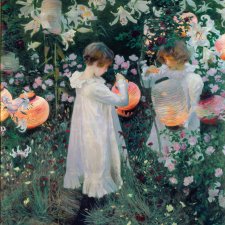
John Singer Sargent: a painter at the vanguard of contemporary movements in music, literature and theatre.
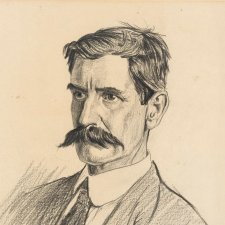
Sarah Engledow ponders the divergent legacies of Messrs Kendall and Lawson.
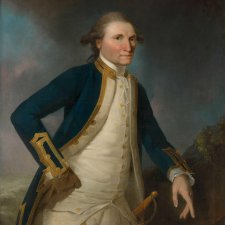
Shipmates for years, James Cook and Joseph Banks each kept a journal but neither man shed light on their relationship.
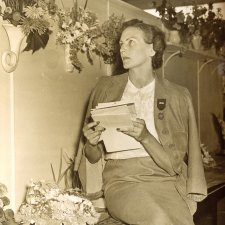
Sarah Engledow lauds the very civil service of Dame Helen Blaxland.
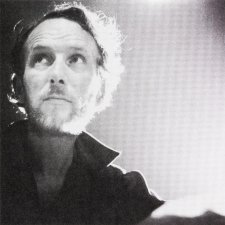
One half of the team that was Eltham Films left scarcely a trace in the written historical record, but survives in a vivid portrait.